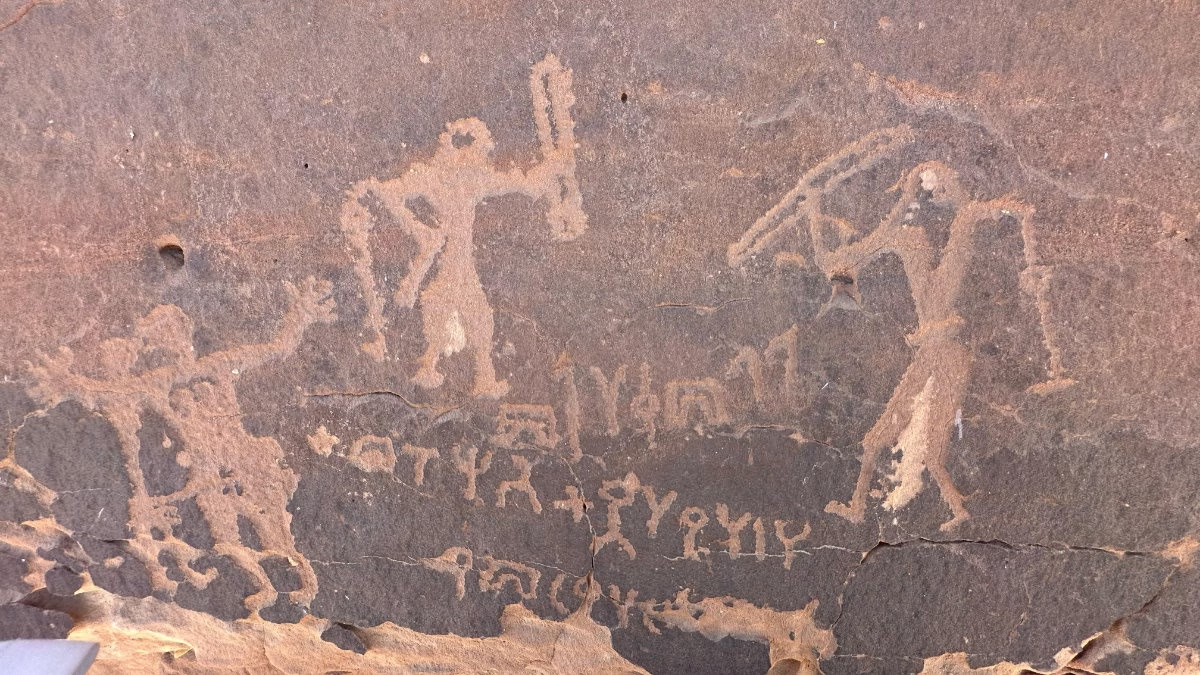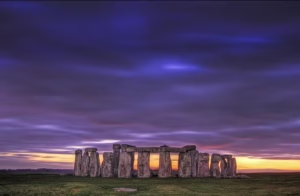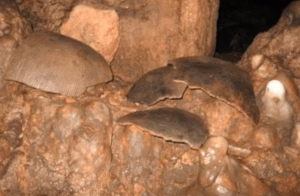Saudi Arabia’s Hail region is home to some of the oldest and most culturally significant rock inscriptions in the Arabian Peninsula. These petroglyphs provide invaluable insight into early Arabic society, language, rituals, and everyday life.
In a statement to Arab News, Mamdouh Al-Fadel, an official from the Ministry of Culture, emphasized the global importance of these historical treasures:
“Sites like Jabal Umm Sinman in Jubbah, Jabal Al-Manjor, and Jabal Raat in Shuwaymis are not just visually striking—they document scenes of hunting, festive dances, religious practices, animal domestication, and even horse and camel races,” he said.
“They give us a detailed picture of ancient desert life, all carved into stone with remarkable precision.”
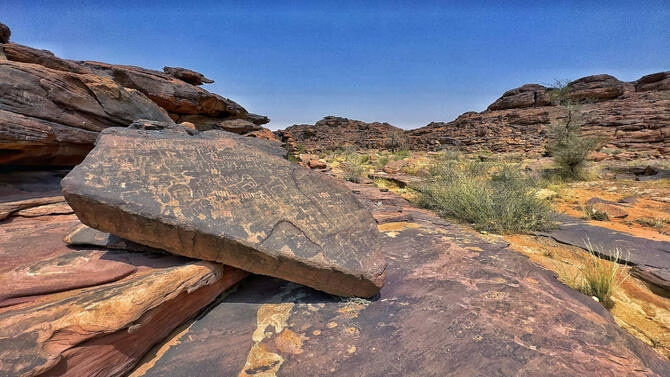
UNESCO Recognition and Ongoing Preservation
Many of these sites—most notably Jubbah and Shuwaymis—are recognized on the UNESCO World Heritage List, which underscores their international archaeological value. According to Al-Fadel, the Ministry of Culture continues to protect and study these inscriptions through documentation, field inspections, and academic collaboration.
“We are committed to preserving these inscriptions and ensuring that future generations and scholars have access to them,” Al-Fadel told Arab News.
Thamudic Script: A Linguistic Bridge
Saad Al-Sharif, a leading researcher in early Arabic epigraphy, also spoke with Arab News about the significance of the Thamudic script, found extensively across northern regions including Hail, Tayma, Tabuk, and AlUla:
“The term ‘Thamudic’ is used to classify a wide variety of ancient Arabic inscriptions. While it doesn’t refer to a specific tribe, these scripts are crucial to understanding the evolution from older scripts like Lihyanite and Nabataean to modern Arabic.”
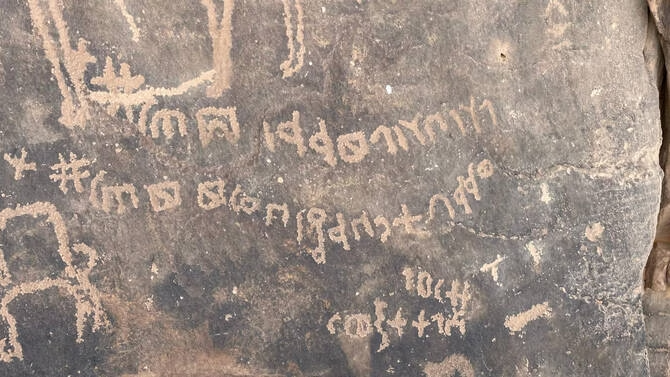
Why These Inscriptions Matter
These rock inscriptions are more than just carvings—they are records of human history, capturing how early communities adapted to the desert, celebrated life events, and developed systems of communication.
They provide essential linguistic data and a visual narrative of Arabian civilization’s formative centuries, making Hail a central focus for researchers, historians, and archaeologists worldwide.
By preserving and studying these petroglyphs, Saudi Arabia not only protects its heritage but also contributes to a global understanding of early human communication and cultural development.
Cover Image Credit: Arab News
